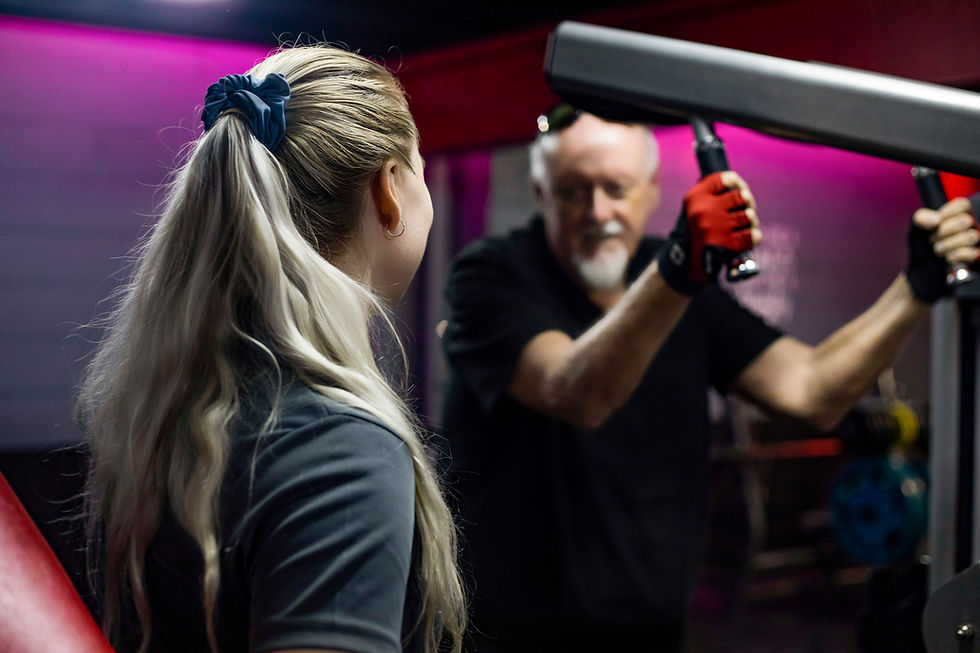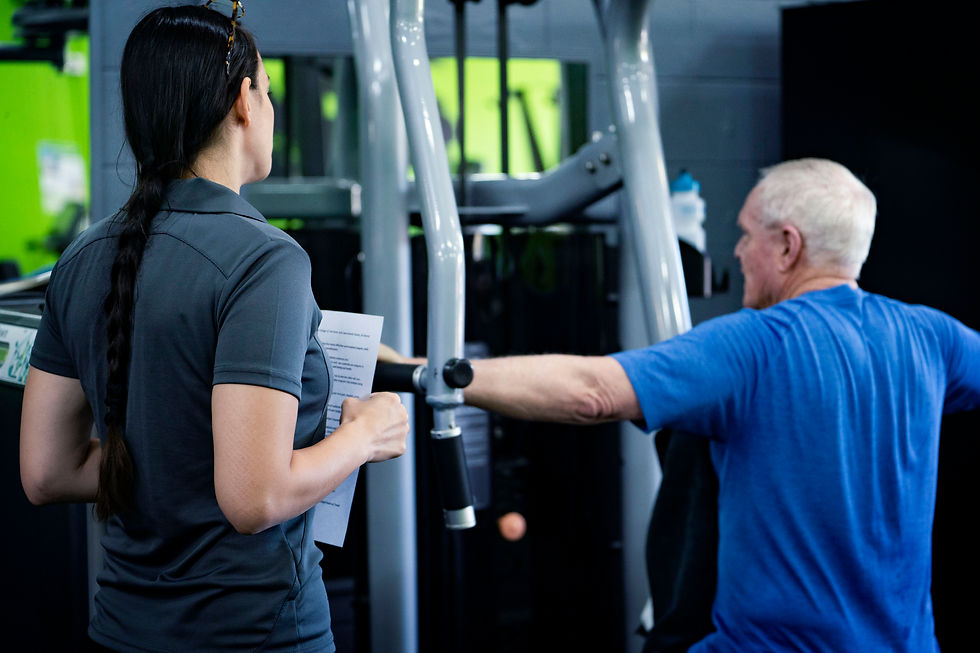Exercise Physiology: Insights for Chronic Pain Week Australia
- TMR TEAM

- Jul 6
- 3 min read
As we approach National Pain Week, which will be observed from July 21-27, 2025, it's a crucial time to raise awareness about chronic pain and explore effective management strategies. In 2024, our collective efforts reached over 6 million Australians, highlighting the significant impact of chronic pain on our community. One of the most promising approaches to managing chronic pain is through exercise physiology.
Understanding Chronic Pain
Chronic pain is defined as pain that lasts longer than three months, and it can stem from various conditions, including arthritis, fibromyalgia, and nerve damage. Living with chronic pain can significantly affect one’s quality of life, leading to physical limitations, emotional distress, and social withdrawal. That’s where exercise physiology comes into play.
The Role of Exercise Physiology

Exercise physiology is the study of how physical activity affects the body and its systems. Exercise physiologists work with patients to create tailored exercise programs that consider their individual needs and pain levels. Here’s how incorporating exercise physiology can help manage chronic pain:
1. Improved Mobility and Flexibility
Regular, structured exercise encourages flexibility and helps maintain joint mobility, often alleviating stiffness and discomfort associated with various chronic pain conditions. Simple activities like stretching, yoga, or tai chi can be beneficial.
2. Strengthening Muscles
Strength training can lead to improved support for joints and overall body mechanics. Strengthening the muscles around painful areas can reduce strain and help in managing pain more effectively.
3. Endorphin Release
Physical activity triggers the release of endorphins, the body’s natural painkillers. This can provide immediate relief from pain and improve mood, combating the emotional aspects of chronic pain.
4. Enhanced Functioning
An exercise regimen designed around individual capabilities can enhance daily functioning. With better strength and endurance, individuals may find it easier to engage in everyday activities, leading to a more fulfilling life.
5. Psychological Benefits
Exercise can be a powerful tool for mental health. It helps reduce anxiety and depression, conditions that often accompany chronic pain. Incorporating physical activity into a daily routine can foster a sense of achievement and empowerment.
Tips for Getting Started
Starting an exercise program when living with chronic pain can be challenging. Here are some tips to consider:

Consult with a Professional
Work with an exercise physiologist or healthcare provider to develop a personalised exercise plan tailored to your specific pain conditions and fitness levels.
Start Slow
Begin with low-impact exercises and gradually increase intensity as your body allows. Walking, swimming, and cycling can be good starting options.
Listen to Your Body
Pay attention to how your body responds to different activities. It’s okay to modify exercises or take breaks as needed.
Set Realistic Goals
Focus on small, achievable goals that foster a sense of accomplishment. This can help maintain motivation over time.
Stay Consistent
Try to incorporate physical activity into your daily routine, even if it’s just for a few minutes. Consistency is key to long-term benefits.
Conclusion
As we prepare for National Pain Week 2025, let’s continue to advocate for better understanding and management of chronic pain. Exercise physiology offers a pathway to not just manage pain, but also improve the overall quality of life for those affected. Together, let's raise awareness and support each other in transforming our approach to chronic pain management through the power of movement.
Dive into this National Pain Week with the knowledge and strategies to advocate for better management of chronic pain and embrace the transformative potential of exercise.




Comments